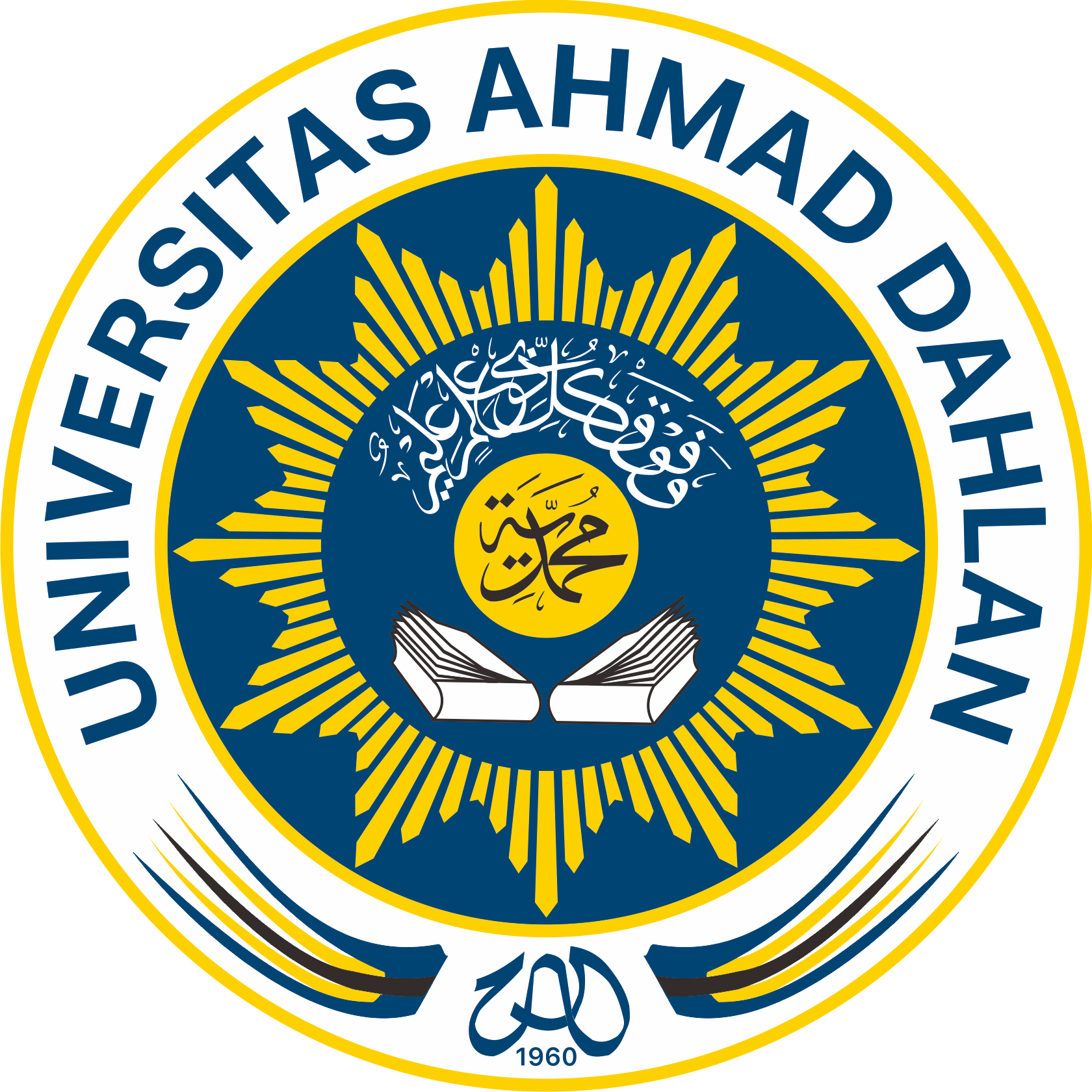The Role of Islamic Microfinance For Poverty Alleviation in Bandung, Indonesia
DOI:
https://doi.org/10.12928/ijiefb.v2i1.736Keywords:
Islamic microfinance, poverty alleviation, micro-entrepreneurAbstract
The emergence of Islamic micro financial institution becomes the alternative solution for the micro-entrepreneurs who need working capital assistance. However, the impact of Islamic microfinance institution in reducing poverty level is somewhat still debatable. In Indonesia, Islamic microfinance established through the presence of Baitul Mal wa Tamwil (BMT), the most popular type of Islamic microfinance institutions. BMT providing financing for the micro-entrepreneurs, as their potential clients, that operates their activities mostly at the traditional markets. The purpose of this study is to measure the impact of BMT for poverty alleviation in Bandung as the capital city of West Java as the biggest population province in Indonesia, not only based on material level but also on spiritual level. This study is looking at income variables of micro-entrepreneur’s household, as well as the spiritual level indicator of micro-entrepreneur before and after they received financing from BMT. The primary data obtained through in-depth questionnaires in Bandung, Indonesia.
References
[1] Badan Pusat Statistik, 2019. Berita Resmi Statistik Provinsi Jawa Barat Januari 2019.
[2] Beik, Irfan Syauqi and Laily D.A. 2015. ‘Construction of CIBEST Model as Measurement of Poverty and Welfare Indices From Islamic Perspective’. Al-Iqtishad, Vol. VII No. 1, pp. 87-104.
[3] Durrani, M.K.K., Usman, A., Muhammad Imran Malik, M.I., & Ahmad, S. (2011) Role of Micro Finance in Reducing Poverty: A Look at Social and Economic Factors. International Journal of Business and Social Science. 2 (21), pp. 138-144.
[4] Khandker, S., et. all.. 1995. ‘Grameen Bank: Performance and Sustainability’. World Bank Discussion Paper 306. Washington, DC: The World Bank.
[5] Nawai, Norhaziah. 2016. ‘The Role Of Islamic Microfinancing For Poverty Alleviation: Malaysia’s Experience’. Critical Readings in Islamic Social Finance. Pp. 149-176. USIM Press. Nilai.
[6] Shirazi, N.S. & Khan, A.U. 2009. Role of Pakistan Poverty Alleviation Fund’s Micro Credit In Poverty Alleviation :A Case of Pakistan. Pakistan Economic and Social Review. 7(2), pp.215-228.
[7] SMERU.2007. Dampak Supermarket terhadap Pasar dan Pedagang Ritel Tradisional di Daerah Perkotaan di Indonesia. Vol.22-2007. The SMERU Research Institute, Indonesia.
[8] Thomson Reuters. 2017. Islamic Finance Development Report 2017.
[9] Thomson Reuters. 2014. Islamic Financial Report 2014.
Books
[10] Obaidullah, M. and Khan, T. 2008. Islamic Microfinance Development: Challengenes and Initiatives. Islamic Research and Training Institute – Islamic Development Bank. Jeddah.
[11] Obaidullah, M. 2008. Role of Microfinance in Poverty Alleviation: Lesson From Experiences in Selected IDB Member Countries. Islamic Research and Training Institute – Islamic Development Bank. Jeddah.
[12] Yunus, Muhammad. 1999. Banker To The Poor: Micro-Lending And The Battle Againts Wold Poverty. Public Affairs. United States of America.
Thesis, Dissertation
[13] Kholim, M. 2004. Eksistensi Baitul Maal Wattamwil dan Permasalahan Dalam Operasionalisasinya (Studi di Propinsi Jawa Tengah). Master Thesis Magister Ilmu Hukum Universitas Diponegoro. Semarang.
Downloads
Published
Issue
Section
License
License and Copyright Agreement
In submitting the manuscript to the journal, the authors certify that:
- They are authorized by their co-authors to enter into these arrangements.
- The work described has not been formally published before, except in the form of an abstract or as part of a published lecture, review, thesis, or overlay journal. Please also carefully read Ihtifaz, Journal of Islamic Economics, Finance, and Banking Posting Your Article Policy at http://journal2.uad.ac.id/index.php/ijiefb/about/submissions#onlineSubmissions
- That it is not under consideration for publication elsewhere,
- That its publication has been approved by all the author(s) and by the responsible authorities “tacitly or explicitly“ of the institutes where the work has been carried out.
- They secure the right to reproduce any material that has already been published or copyrighted elsewhere.
- They agree to the following license and copyright agreement.
Copyright
Authors who publish with Ihtifaz, Journal of Islamic Economics, Finance, and Banking agree to the following terms:
- Authors retain copyright and grant the journal right of first publication with the work simultaneously licensed under a Creative Commons Attribution License (CC BY-SA 4.0) that allows others to share the work with an acknowledgment of the work's authorship and initial publication in this journal.
- Authors are able to enter into separate, additional contractual arrangements for the non-exclusive distribution of the journal's published version of the work (e.g., post it to an institutional repository or publish it in a book), with an acknowledgment of its initial publication in this journal.
- Authors are permitted and encouraged to post their work online (e.g., in institutional repositories or on their website) prior to and during the submission process, as it can lead to productive exchanges, as well as earlier and greater citation of published work.
_1.png)


